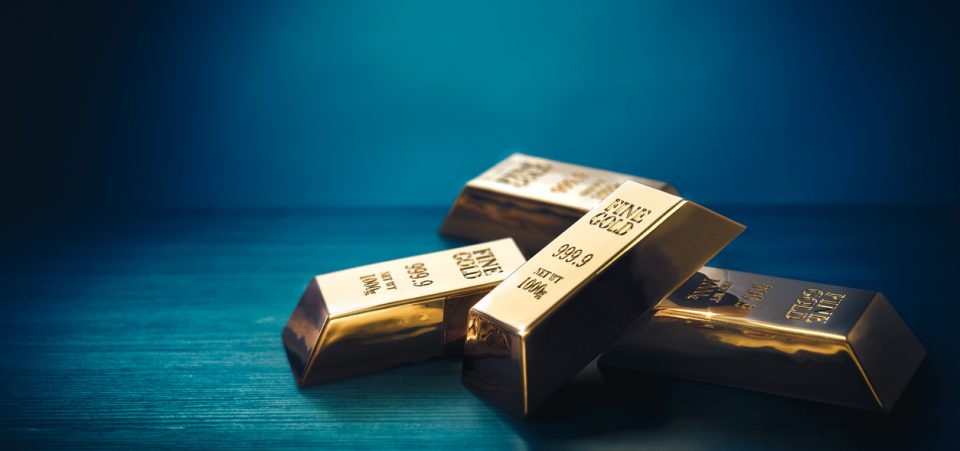Central Banks Could Be the Catalyst That Sends Gold Prices Surging
Mark my words: Central banks could send gold prices skyrocketing. They are major gold buyers that continue to get ignored.
The mainstream media isn’t talking about them, but quietly, central banks have been buying up a lot of gold.
In 2018, they bought more gold than they did in 1971—just before they ditched the precious metal as a store of value and adopted the U.S. dollar.
Since 2009, central banks have been consistent buyers of gold.
Why are they buying gold? For several decades, central banks thought the U.S. dollar was a stable currency to hold for their foreign reserves. After the financial crisis of 2008–2009, they realized how wrong they were.
So, a movement brewed among them to diversify their assets. Gold was hands down the best asset for them to buy. Why? Because it reduced volatility in their reserves.
Central Banks Buy More Gold in Q1 2019
In 2019, central banks are back at it again.
According to data from the World Gold Council, in the first quarter of 2019, central banks purchased 145.5 tonnes of the yellow metal. This was 68% higher than in the same period a year ago, and the highest amount of gold purchased since the first quarter of 2013. (Source: “Gold Demand Trends Q1 2019,” Goldhub, May 2, 2019.)
It’s not the big central banks that are buying up gold; it’s the smaller ones. They really don’t have any, and they could be looking to buy more.
In the first quarter of 2019, the Central Bank of Ecuador bought gold for the first time since 2014. It increased its holdings by 10.6 tonnes during the quarter.
The Central Bank of Qatar purchased 9.4 tonnes and Colombia bought 6.1 tonnes.
India started buying gold in 2018 after being out of the market for nine years. It bought again in the first quarter of 2019. India’s central bank has increased its gold holdings for 13 consecutive months.
The regular gold buyers—Russia, Turkey, China, and Kazakhstan—remained in the gold market in the first quarter as well.
Here’s one thing that you shouldn’t overlook in the midst of all this: central banks do not care about where gold prices are. They just want to buy more. Q1 2019 was another quarter when they showed that with their actions.
Gold Price Outlook: Limited Downside, Massive Upside
Dear reader, I am probably one of the few analysts out there who is bullish on gold prices. Even the most bullish analysts have taken a step back.
I believe that fundamentals are going to matter in the long term. I truly believe that the gold market is undervalued and that there are a lot of positive developments. We have a lot of demand, but the supply side is struggling.
Central banks could make the supply-and-demand disparity in the gold market even more severe, and this could send gold prices soaring in no time.
Gold has seen a lot of selling lately. But I believe that the lower the yellow metal goes, the better the opportunity it becomes. The downside on gold could be small, but the upside could be huge.
The most extreme downside I possibly see is around $850.00. If gold prices reach this low, the entire sector could come to a complete stop. No one in the mining industry could produce for prices this low.
On the upside, $2,000 looks possible. Why? Because there could be a shortage in the gold market and the supply side may not be able to flood the market quickly enough.
I will end with this: I am paying very close attention to gold miners with solid properties and low production costs. Mining company stocks have dropped because investors are being too pessimistic. Once the gold market turns, mining stock prices could double, triple, or even quadruple very quickly.






